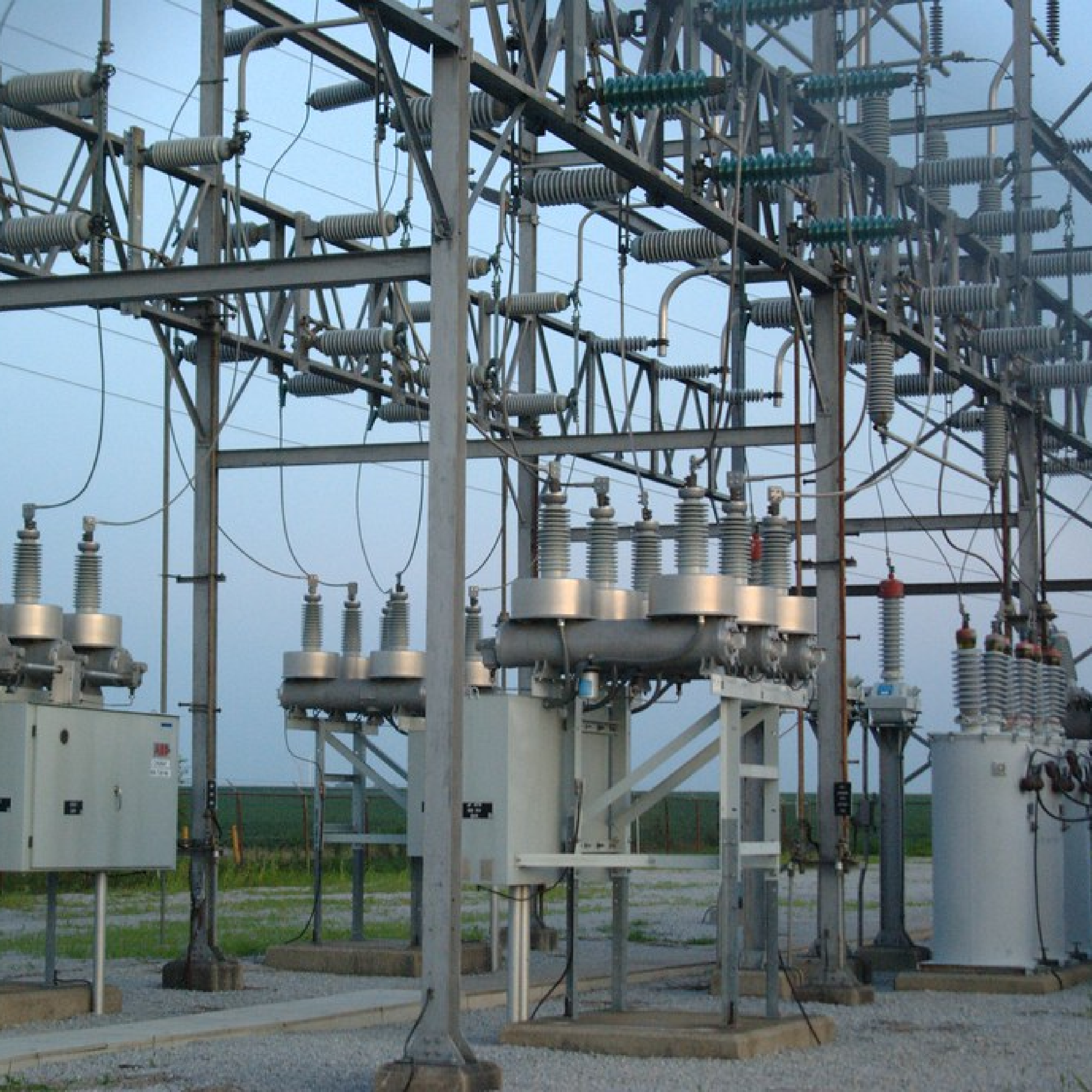Check out our White Paper Series!
A complete library of helpful advice and survival guides for every aspect of system monitoring and control.
1-800-693-0351
Have a specific question? Ask our team of expert engineers and get a specific answer!
Sign up for the next DPS Factory Training!

Whether you're new to our equipment or you've used it for years, DPS factory training is the best way to get more from your monitoring.
Reserve Your Seat TodayThere are many things that you have to think about when selecting and purchasing a substation monitoring system.
A substation monitoring system is an essential tool that allows utilities and power companies like you to monitor and manage their electrical substation equipment effectively.
These systems provide real-time data on the status and performance of substation equipment such as power transformers, circuit breakers, and more. There is also a broader telecom monitoring challenge that protects the telecom network enabling all of your other SCADA monitoring and control.

When you're looking for the right substation monitoring system, there are several key elements that you should consider:
When selecting a substation monitoring system, it's important to keep in mind the potential problems that can arise if you purchase the wrong system. Many of these are simply the opposite of the buying criteria I listed above, but it will help you to think about the nuances from both angles:
To avoid these problems, it's crucial to choose a substation monitoring system that is designed to meet your specific needs.
This includes ensuring compatibility with your substation equipment, accuracy and reliability of the system, ease of use, and scalability. Focusing on these key attributes will help you avoid common pitfalls that affect far too many private and government employees.
One feature to look for in a substation monitoring system is a thermal imager. This tool can detect hotspots in your substation equipment, which can indicate potential failures or safety hazards.
By detecting hotspots early, you can take proactive measures to prevent equipment failures and avoid potentially dangerous situations.
This is a specialized type of monitoring that relates directly to your role as a power utility. There are also other aspects of substation monitoring that will interest your telecom division.
One of my recurring roles at DPS is to represent our company at the Utilities Telecom Council (UTC) trade show every year. This is an entire trade show devoted to telecom within the utility industry.
As a manufacturer of remote monitoring systems for use by anyone with a telecommunications network, it's a natural place for us to be.
That's why I'm able to describe for you the important aspects of telecom monitoring at power utilities:
I welcome you to use the entirety of the DPS Telecom website as you research this part of substation monitoring to which DPS directly relates (including custom equipment options).
I can also walk you through a basic overview of how we would tackle remote site monitoring at a substation using our product lineup.
Monitoring multiple substations in a telecom context would involve NetGuardian RTUs and the T/Mon master station.

These are Remote Telemetry Units that are designed to monitor and control remote site equipment. NetGuardian RTUs are specifically designed to work in harsh environments, such as electrical substations, and can withstand extreme temperatures, humidity, and other environmental factors.
NetGuardian RTUs come equipped with a range of monitoring capabilities, including sensor monitoring, equipment status monitoring, and remote control capabilities.
This means that you can receive real-time alerts (text messages, emails, web interface displays) if there are any issues with your equipment. You can then take action to resolve them before they turn into more significant problems.
One of the most significant benefits of NetGuardian RTUs is their ability to communicate with the T/Mon master station. T/Mon is a centralized monitoring server that allows you to monitor and control multiple NetGuardian RTUs and other remote site equipment from a single location.
The T/Mon master station provides a user-friendly interface that allows you to view the status of all your remote site equipment in real-time. You can also set up customized alarm notifications, so you're alerted only to the issues that are most important to you.
T/Mon also provides historical data on your equipment's performance, allowing you to identify trends and make informed decisions about maintenance and repairs. This is especially useful for predicting equipment failures before they happen, allowing you to take proactive measures to prevent downtime and avoid costly repairs.
As your substation count grows, you can easily add more NetGuardian RTUs to your monitoring network, and the T/Mon master station can accommodate your expanding needs. This means that you can invest in a monitoring system that will grow with your business, avoiding the need to replace your system every time you expand your substation.
Selecting and purchasing a substation monitoring system is a crucial decision that should not be taken lightly.
If you'd like to speak with someone about the various monitoring and control concepts you read about here, the DPS Telecom Engineering department is here for you. Just tell us what you're trying to accomplish. We'll walk you through the first steps of your project planning.
Call DPS at 1-800-693-0351 or email sales@dpstele.com

Andrew Erickson
Andrew Erickson is an Application Engineer at DPS Telecom, a manufacturer of semi-custom remote alarm monitoring systems based in Fresno, California. Andrew brings more than 18 years of experience building site monitoring solutions, developing intuitive user interfaces and documentation, and opt...